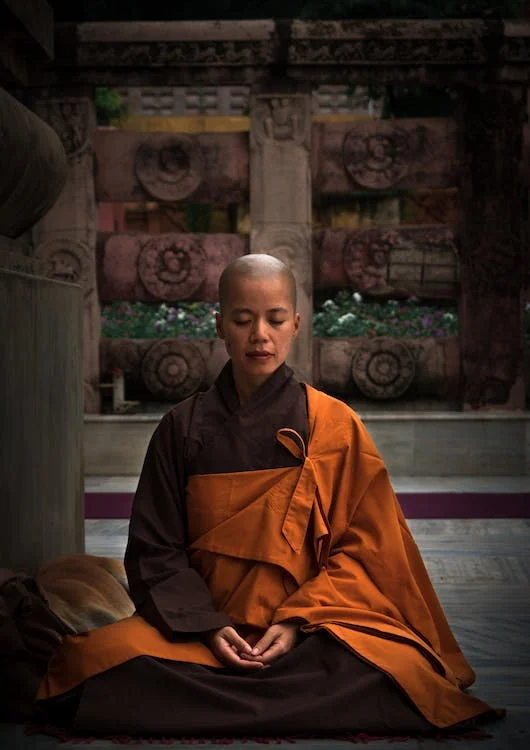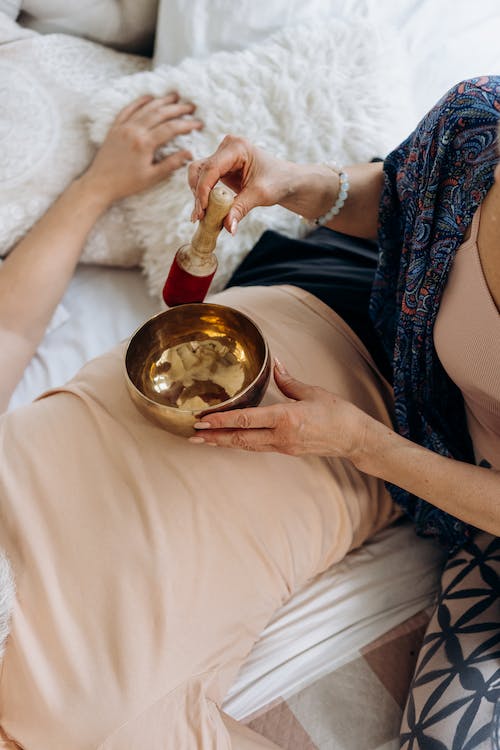Ancient practices such as rituals, Chinese medicine, holistic medicine, spiritual and religious practices are often undermined as ineffective, not necessary or plain superstition or fantasy. Scientists say that things that cannot be seen, touched or measured have any practical value. However, science has started to rediscover the value and wisdom of ancient practices after launching research trials on these strange areas of knowledge. These are some examples:
1. Meditation
Meditation is a common practice in Buddhism. It is a conscious effort to change how the mind operates to transform themselves and to see the true nature of things. Non-Buddhists are also taking them up for different reasons, and the scientific community has also taken notice of its popularity. Experts within the field of neuroscience have proven that meditation produces positive benefits such as happiness, self-confidence, calmness, less anxiety, and judgmental attitude, and improves cognition and understanding.
A study published in the American Psychological Association has found that mindfulness-based cognitive therapy – an eight-week, group-based program that incorporates mindfulness and focus – helped to prevent depression recurrence as effectively as anti-depressants. Another study also showed significant reductions in stress levels after 21 days of undergoing Osho dynamic meditation. The study team concluded that meditation can be used to improve stress and decrease chances of stress-related mental and physical disorders.
Recent research also showed that meditating can affect the make-up of our DNA. A team of researchers found that in breast cancer patients, mindfulness meditation and involvement in support groups are linked to preserving the length of telomeres, which are stretches of DNA that help prevent chromosomal deterioration.
2. Acupuncture
The first documented record of acupuncture being practiced was around 100 B.C. in China. It is a form of alternative medicine wherein thin needles are inserted to the skin at strategic points, commonly used for pain relief but also used for a wide range of other conditions. The healing method is still widely used in China today to deal with the root cause of conditions unlike the Western approach of treating symptoms. Nowadays, the West has also recognized the potential of acupuncture as the British National Health Service (NHS) has been offering the service for free in some areas in the UK. Clearly, they had enough clinical evidence to prove its efficacy to accept it as a form of treatment in the system.
In the UK, there are over 3,000 clinical trials that studied the benefits of acupuncture in different types of illnesses and disease. For instance, obesity has been studied in a lot of acupuncture trials and positive results have been obtained, according to the British Acupuncture Council. A pain management of review of acupuncture compared the method to standard care in osteoarthritis in 12 clinical trials and resulted in improved mobility, significant pain reduction and better quality of life.
3. Aromatherapy
The word “aromatherapy” usually induces images of lavenders, a soothing spa or gift set for aunts and moms that are too pretty to use. However, aromatherapy is actually an ancient method of using essential oils for therapeutic, ritualistic, hygienic or spiritual purposes done by the Chinese, Egyptians, Greeks, Romans, and Indians for over 6,000 years. It can be offered as a complementary therapy or as an alternative medicine to relieve stress and calm the body.
Because it gained a lot of attention in the past century, some researchers studied the effects of aromatherapy on brain activity using EEG patterns and fMRI. Many types of research have published interesting results like dental patients experiencing reduced anxiety with the scent of orange oil, and patients with depression required smaller doses of anti-depressants after being treated with a citrus fragrance.
4. Smudging
Smudging is a ritual performed by Native Americans and people from First Nations wherein certain herbs are burned for the purpose of spiritual cleansing. The ritual dates back to prehistoric times, and it is believed that the spirit of the plant is called upon to cleanse the body and its environment by burning a medicinal plant with reverence and intention.
Scientifically, it turns out to be that smudging is powerfully cleansing in a quite literal way. A study published in the Journal of Ethnopharmacology revealed that for just an hour, smudging reduced the airborne bacteria population in a room by 94% and this purified state lasted for 24 hours after the practice. The study also showed that the antimicrobial smoke is an effective way to treat infections that affect the skin, lungs, and brain because the smoke allows the medicinal components of the herbs to be quickly absorbed by the body and brain.
5. Hypnosis
Hypnosis is popular across the world as a stage act, a helpful tool to quit addictions or get rid of phobias. However, many people are afraid of it because it may be a form of mind control or work of the devil. Some don’t believe in it because they don’t consider it as a real tool that can be used to improve many aspects of life.
Researchers at Stanford University School of Medicine did a scan of 57 brains of hypnotized subjects using a guided hypnosis technique, and they saw changes in the brain associated with hypnosis. They found that it could treat pain, trauma or anxiety as altered levels of activity were recorded in different, specific sections of the brain.
Another study, which was conducted by scientists from the Mount Sinai School of Medicine, revealed that using hypnosis before surgery in breast cancer patients reduced the amount of anesthesia needed during the operation, as well as pain, fatigue, nausea, discomfort and emotional upset, as compared with standard medical procedures. The duration and cost of the surgical procedure overall were significantly reduced.
6. Ayurveda
The ancient Indian health care tradition of Ayurveda is a system of medicine practiced on the Indian subcontinent and is gaining popularity in the Western world. Under Ayurvedic principles, every person has a specific constitution or praktuti, that determines his physical, mental and psychological character and disease vulnerability. Praktuti, then, is determined by three bodily energies or doshas. It means understanding a patient’s doshas can help determine what diseases or health conditions a patient might be at risk for, as well as measure their vulnerability to help delay the onset of symptoms and progression of the disease.
The principles of Ayurvedic medicine was proved to be correct, as revealed by a study published in the Journal of Alternative and Complementary Medicine when it identified that patients with Parkinson’s disease are those with data (energy associated with air and space) as their dominant dosha (bodily energy).
Also, a study conducted by the World Health Organization with Ayurvedic Trust organization found that Ayurvedic treatments for rheumatoid arthritis are both safe and effective with no harmful side effects.


